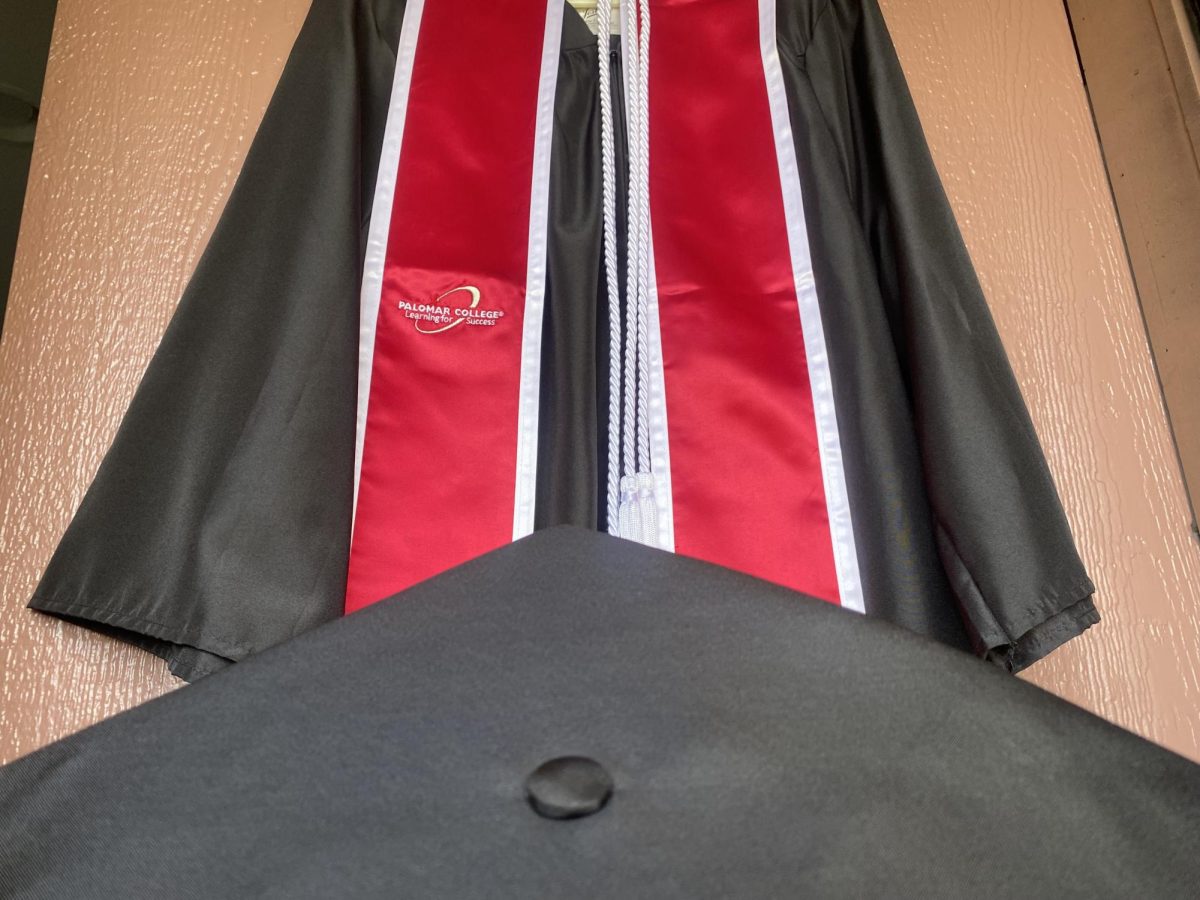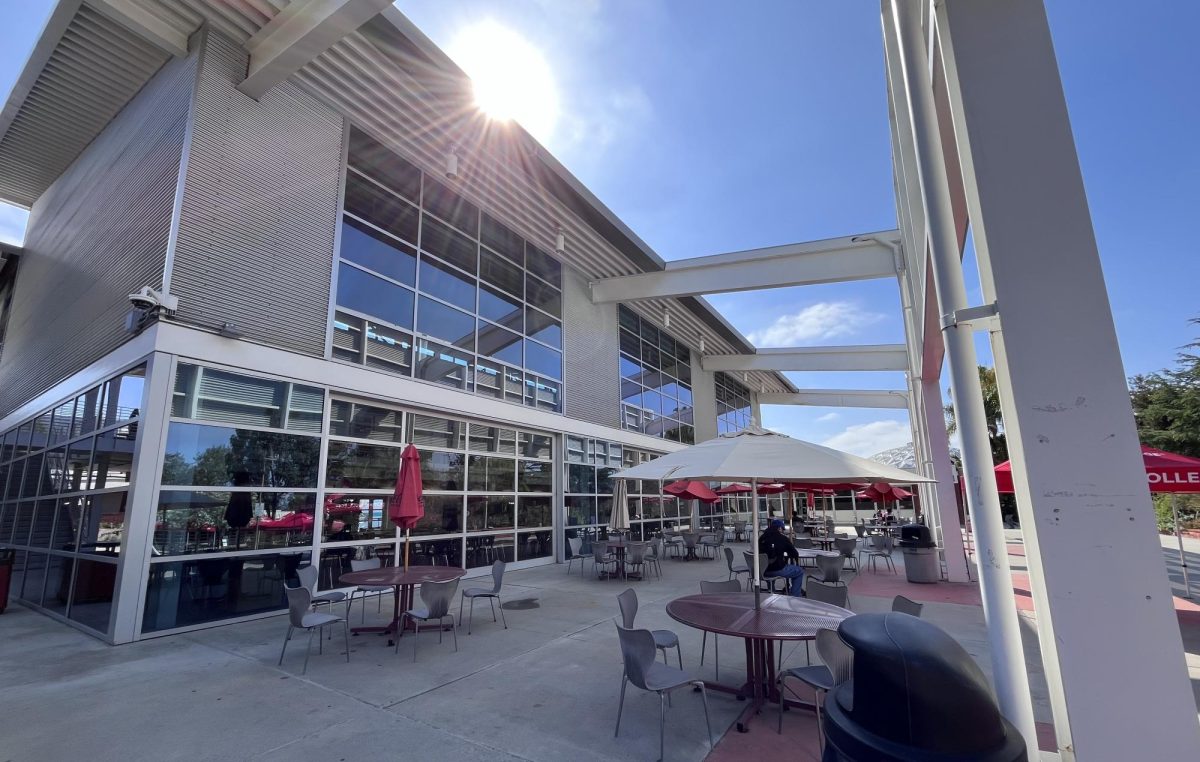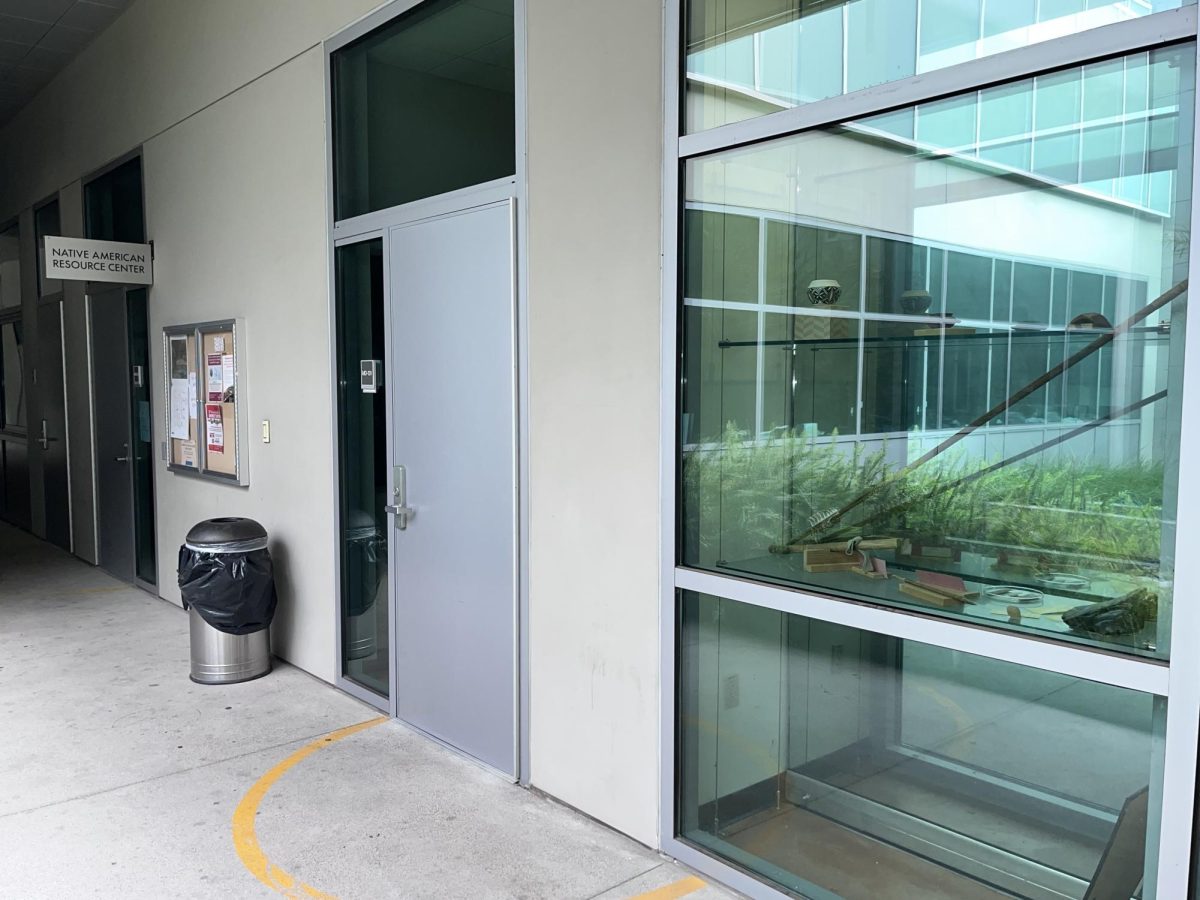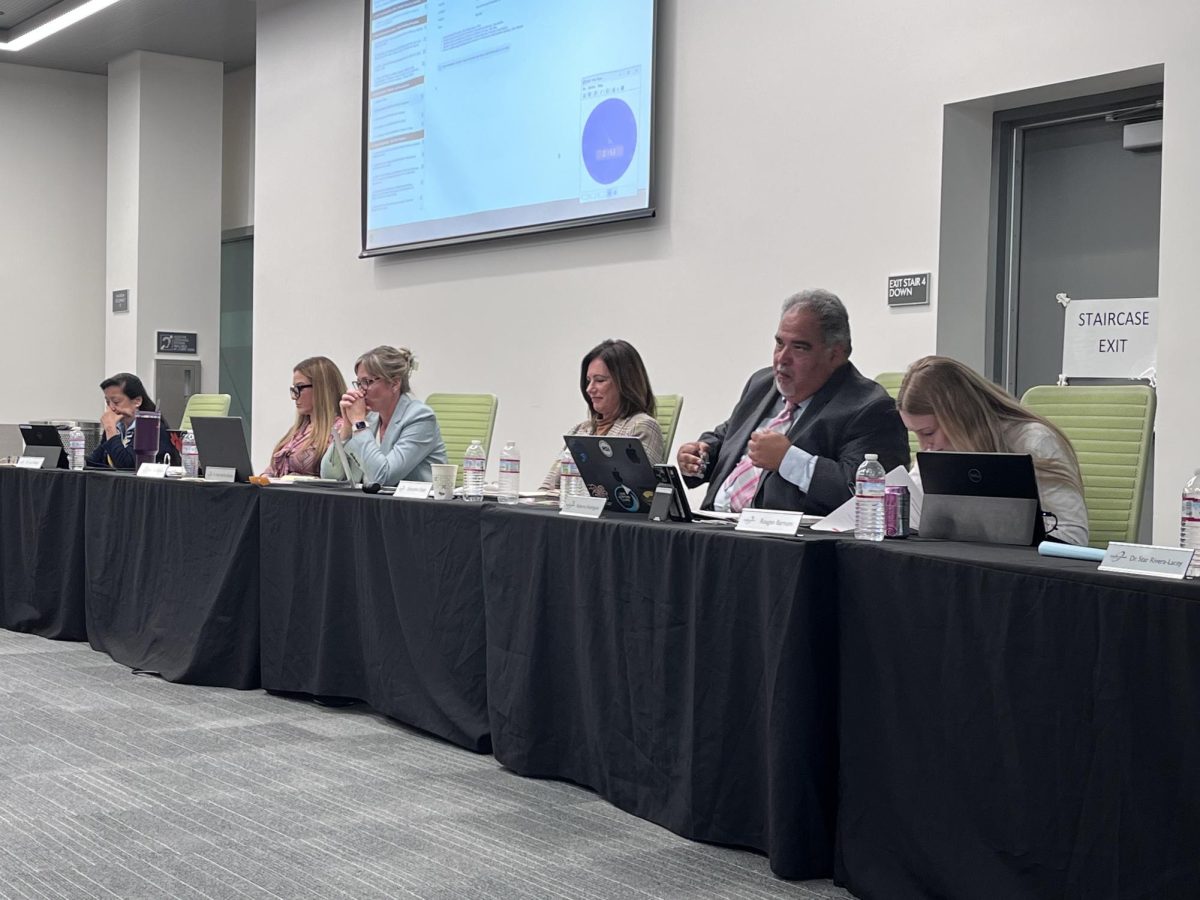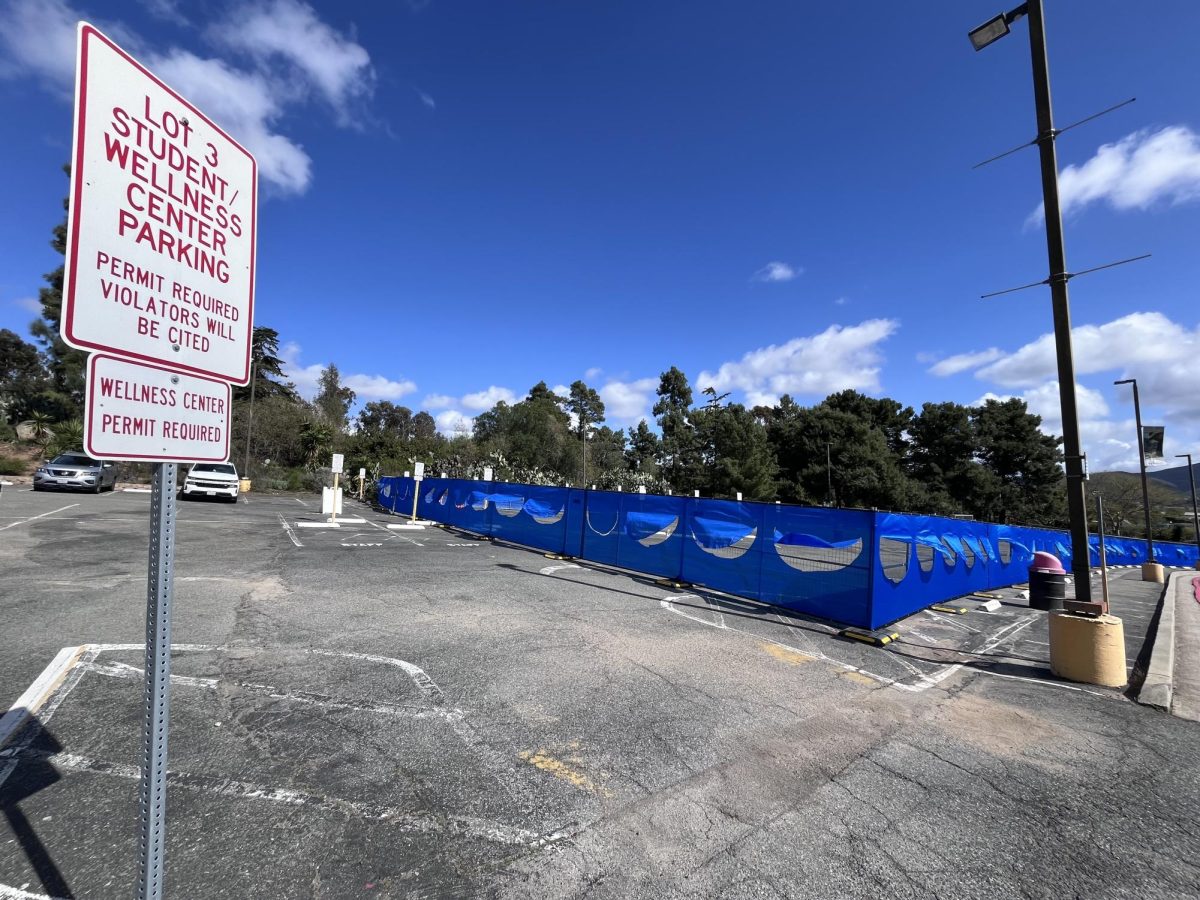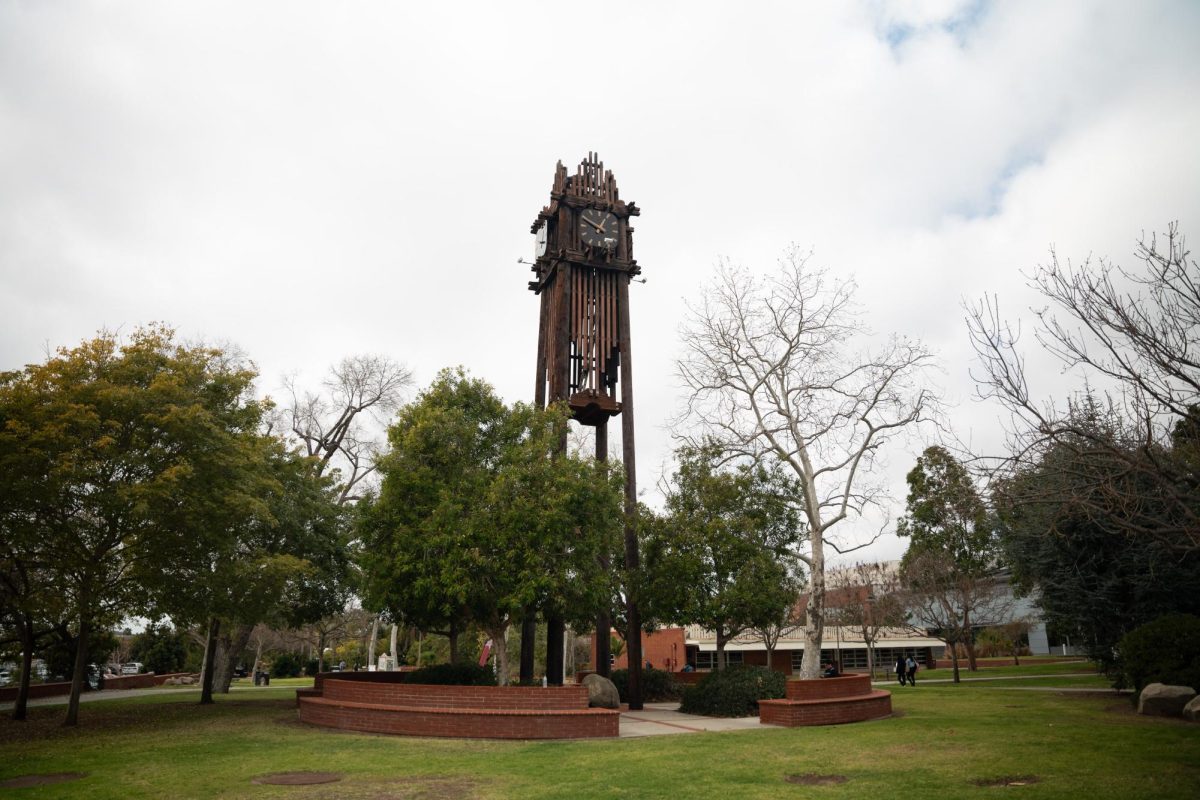Story by Kiral Lepard
A new funding formula established by the State will put Palomar in a $3 million deficit if it cannot adapt to the change within the three year hold harmless stage.
During the three year hold harmless stage, Palomar will not receive less funding than it did during the 2017-2018 fiscal year plus cost of living adjustment.
After this period, the full SCFF will be fully implemented–and without a hold-harmless agreement–the college could have to contend with more than $3 million in reduced funding.
The new Student-Centered Funding Formula steadily moves all California Community Colleges away from the old funding formula. The formula was originally drafted in 1988 and is based solely on the amount Full-Time Equivalent Students that have been enrolled.
Palomar College will fully implement the new formula after the 2020-2021 fiscal year.
Consisting of three parts, the funding formula will apportion funds to facilitate student success. According to Palomar College’s 2018-2019 Adopted Budget SCFF allotments are based on enrollment, low income students and student success measurements.
The final SCFF will split the distribution of each component: 60 percent based on enrollment, 20 percent based on low income students, 20 percent based on student success.
Ron Ballesteros-Perez, Vice President of Finance & Administrative Services, said the new formula will “build long-term capacity for community colleges to advance access, equity, and success for all students.”
Ballesteros-Perez outlined how Palomar College has been working with “shared governance committees” to establish a solid fiscal foundation to stand on when the hold-harmless provision ends.
Outreach and in-reach efforts and proposals for alternative funding are helping to maintain the current and future student population. These alternative funding formulas will also help the college to not rely fully on the state for funding.
The Palomar District has considered four sources of alternative funding throughout San Diego County. All four proposals are intended to create a net zero cost to the college.
Two proposals would use land available at the North Education Center in Fallbrook for retail space and a digital advertising marquee–similar to those found at Westfield North County. Other community colleges in California have entered similar deals to build commercial real estate on school owned land.
Another proposal would be to consider a Public, Private Partnership between the college and a private builder to supply student housing. This would be contingent on the results of a feasibility study deeming student housing necessary.
In forming this partnership, the district will not have an out of pocket cost. The cost of construction will be on the builder, but they would be set to recoup their investment through the collection of rent.
The fourth proposal involves land that a donor left the college land in Borrego Springs that cannot be sold. A solar farm built on the land could offset energy costs district wide by entering into San Diego Gas & Electric’s Electric Rule 21 Utility Credit Program.




